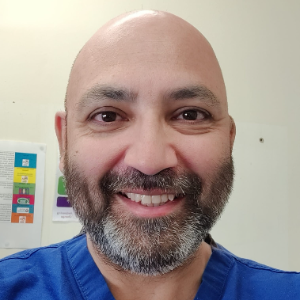Muscle Cells
Muscle Cells, also known as muscle fibers, are the building blocks of muscle tissues in the human body. These specialized cells are designed for contraction, allowing the body to perform various movements. There are different types of muscle cells, including skeletal, smooth, and cardiac muscles. Skeletal muscle cells are responsible for voluntary movements, such as walking or lifting objects. Smooth muscle cells, found in internal organs, facilitate involuntary functions like digestion. Cardiac muscle cells, unique to the heart, enable the rhythmic pumping of blood. The ability of muscle cells to contract, relax, and work together is essential for overall body function and movement. Muscle Contraction Mechanism: Muscle cells contract through the sliding filament theory. During contraction, actin and myosin filaments within the muscle fibers slide past each other, causing the muscle to shorten. This process requires energy in the form of adenosine triphosphate (ATP). Understanding the structure and function of muscle cells is fundamental to comprehending various physiological processes, including movement, circulation, and organ function, and is crucial in the fields of physiology, medicine, and sports science.

Stephen S Tower
University of Alaska Anchorage, United States
Marcos Brioschi
American Academy of Thermology, United States
Wagih El Masri
Keele University, United Kingdom
Arif Akkok
Lake Erie College of Osteopathic Medicine, United States
Akash Ganguly
Warrington and Halton Hospitals NHS FT, United Kingdom
Sajid Ali
The Dudley Group NHS Foundation Trust, United Kingdom




Title : The UK profemur recall and implant cobaltism
Stephen S Tower, University of Alaska Anchorage, United States
Title : The tomographic phenotype and the genotype of wormain bones
Ali Al Kaissi, National Ilizarov Medical Research Center for Traumatology and Orthopaedics, Russian Federation
Title : New treatment of muscle contracture and joint contracture through muscle regeneration with mitochondrial dynamics
Ki Ji Lee, Busan Medical University, Korea, Republic of
Title : New treatment of sarcopenia through muscle regeneration with mitochondrial dynamics
Ki Ji Lee, Busan Medical University, Korea, Republic of
Title : The prevalence and association of self-reported depression symptoms with musculoskeletal pain and quality of life among pregnant women
Youssef Masharawi, Tel Aviv University, Israel
Title : Bipolar hemiarthroplasty under local anesthesia (2%)
Ketan Karabhai Parmar, Aayush Multispecialty Hospital, India